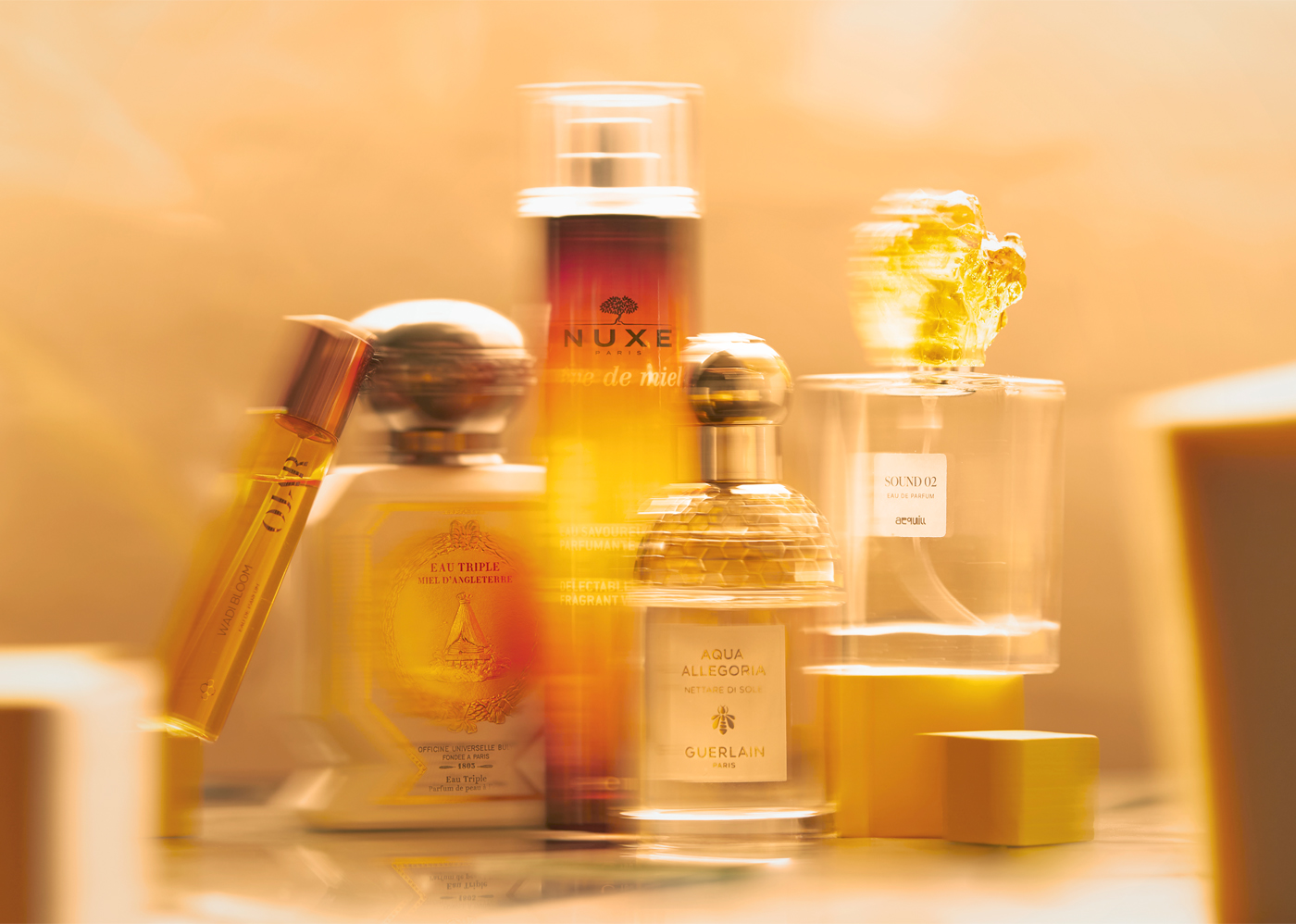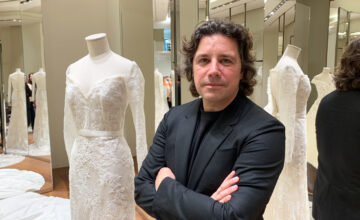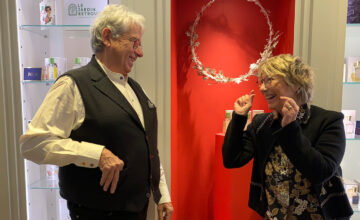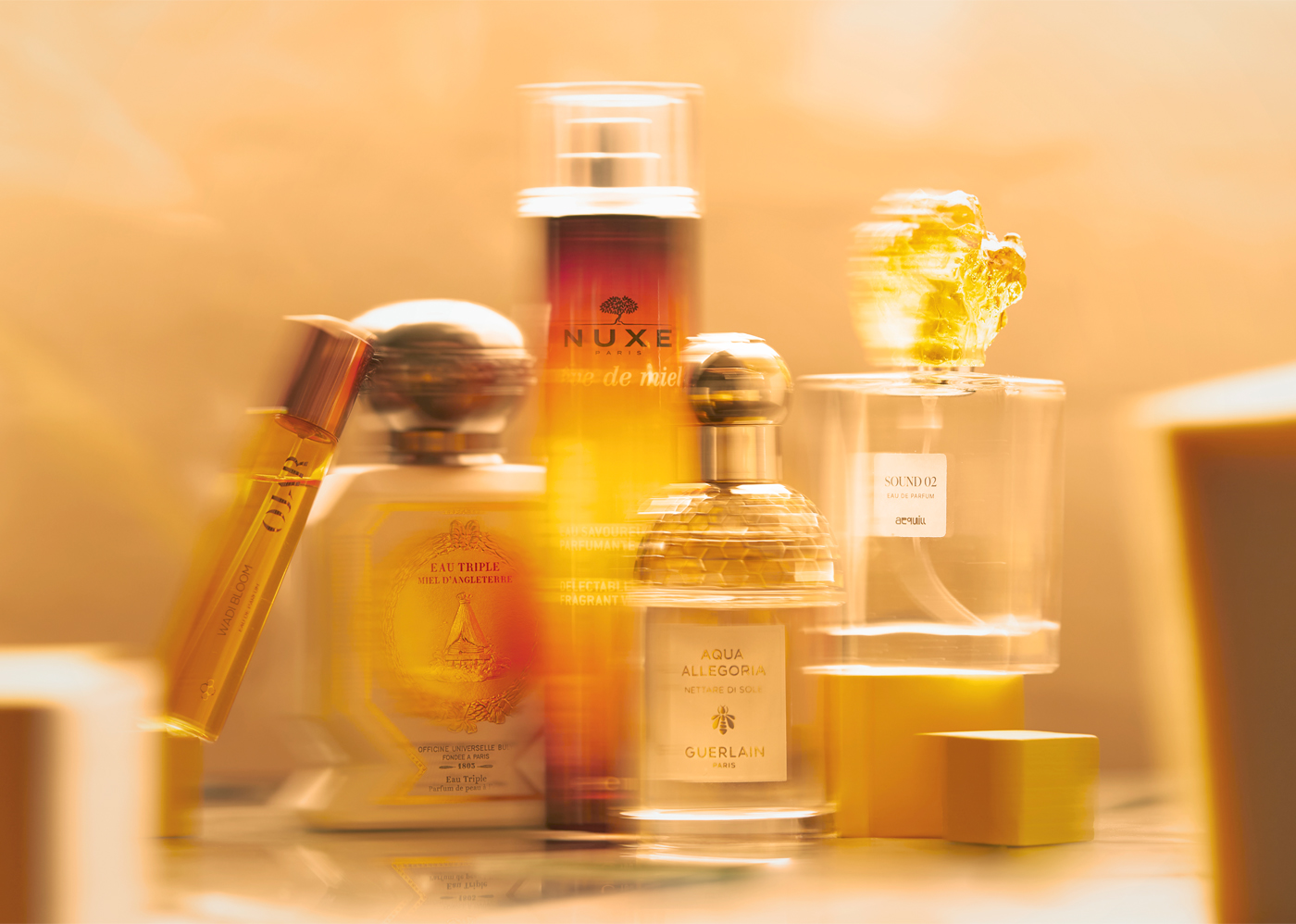 Honey is an intriguing scent note, soft, sweet and a touch nostalgic. It offers comfort and a sense of mouthwatering deliciousness which can be very engaging and a little like sugar, it’s very more-ish.
Honey is an intriguing scent note, soft, sweet and a touch nostalgic. It offers comfort and a sense of mouthwatering deliciousness which can be very engaging and a little like sugar, it’s very more-ish.
Honey’s Winnie-The-Pooh like ability to generate such feel-good emotions via scent might be one of the reasons we’re seeing its rise in popularity, we live in tricky times and a daily fragrance spritz can provide a subtle, olfactive support-system to offer a cushioning softness to the harder edges of daily living.
We can’t talk about honey without knowing a little about how it’s made and dispelling a myth or two. Firstly, honey bees are thriving in most parts of the globe*, which may surprise you. There are over 20,000 thousand recognised types of bees in the world, of which 91% are wild and it’s these wild bees**, which rely on food foraged from fast disappearing hedgerows and wild meadow flowers, that are struggling. Although honeybee colonies are holding steady, climate change is resulting in lower honey yields. An incredible 80% of all US honey beehives*** make the trip to California once a year to help pollinate the huge almond harvest, but honey yields have been falling for farmers since 2000.
Many perfume brands are investing in supporting the honeybee, Guerlain for example is supporting Women For Bees, at 25 UNESCO biosphere reserves, where women are taught how to keep hives. Graduates from the scheme will be able to go back to their communities and help teach others how to keep bees locally, helping both to pass on apiary skills and provide a source of income.
Queen Elizabeth II was a great supporter of bees and had hives in many of her homes, including Buckingham Palace and Clarence House. On her death, her hives were wrapped in black bows and the royal bee keeper informed the bees of her passing by knocking gently and whispering news of the change of ownership. The ancient tradition apparently ensures the bees continue to produce honey.
Healthy honeybees gather liquid nectar from a mass of different flora and fauna, transporting it via honey sacks about their industrious flying bodies. They transfer the nectar from bee to bee within the hive, and each transfer allows the nectar to mature slightly. Once sealed into beeswaxed boxes, its well on the way to being the honey we know. Being 25% sweeter than sugar and with over 320 different types globally, the taste and smell of each will depend on the flowers or botanicals the bees frequent.
It’s worth mentioning here that there is no essential oil of honey for perfumers to use, although beeswax can be extracted with solvents to create an absolute. Instead, much like the bees, perfumers select and combine floral and botanical notes to replicate that honey scent.
In his excellent book Nose Dive, Harold McGee explains that each honey is influenced by the aromas of the plants the bees gathered the nectar from, if the flower source is linden blossom then your honey will smell of cooked apple, anise, cooked potato and florally notes. Chestnut honey has a animalic floral note and is sweaty and bready. Manuka has a solvent note aligned with eucalyptus, sweet caramel and popcorn.
Similarly, perfumers will mix natural floral notes such as honeysuckle, mimosa and heliotrope with lab made synthetics to create their own version of that soft, comforting and sweet vibe. Although honey is often classified as part of the gourmand fragrance family (sweet, edible, warm), its flexible and versatile personality allows it to cross barriers easily, mixing beautifully with florals, citrus and musky notes, softening hard edges and making more challenging notes more palatable. It’s a great mixer, if honey was a person, they’d be someone ever-smiling who makes everything seem deliciously fun. So, perfect company for the current climate.
We’ve selected some of the more interesting honey fragrances currently on the market, both new and classic, which we’re buzzing about.
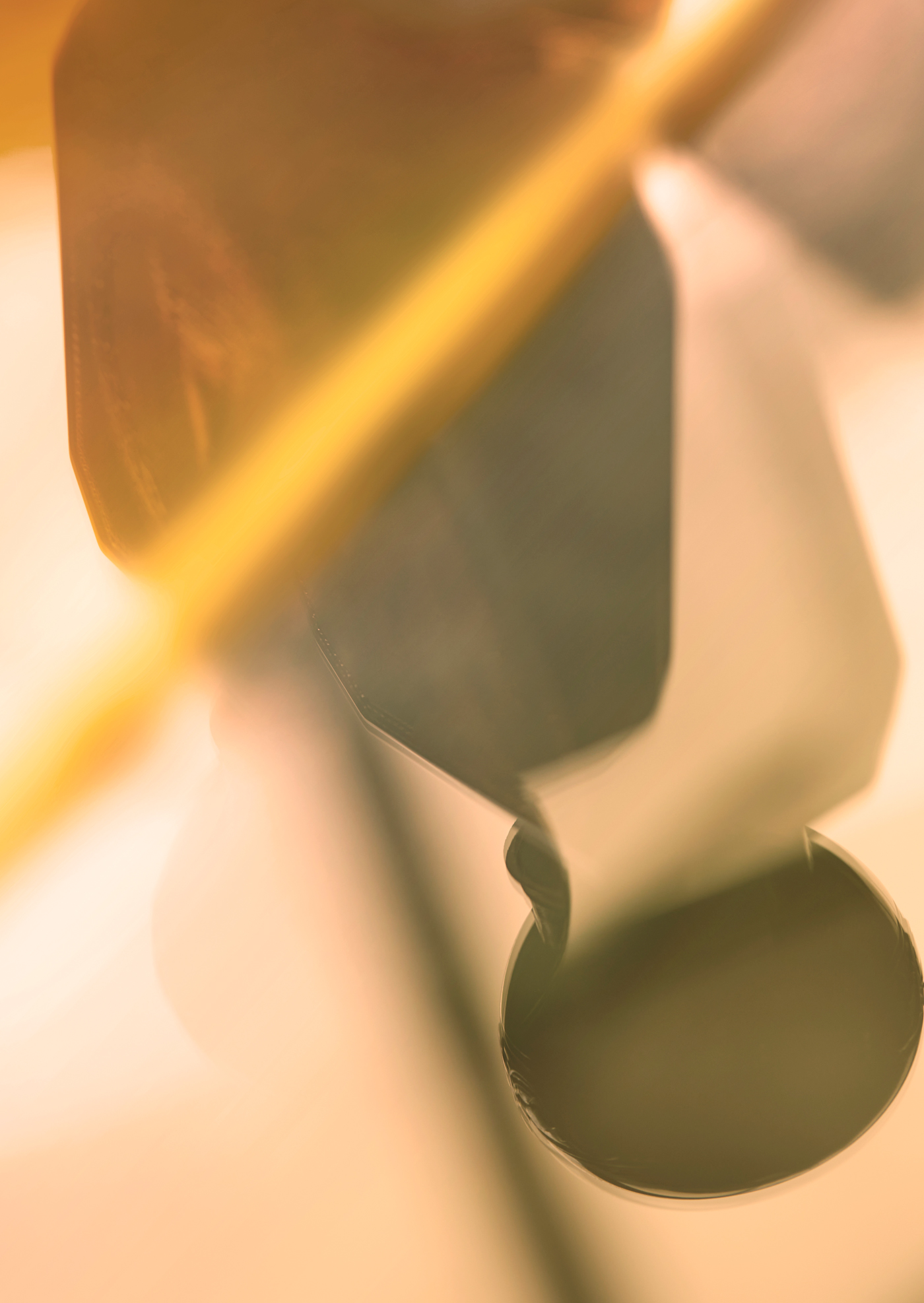 Softly Softly Honey : Eau Triple Miel d’Angleterre by Officine Universelle Buly
Softly Softly Honey : Eau Triple Miel d’Angleterre by Officine Universelle Buly
Miel d’Angelterre was one of the first fragrance we ever fell for in Officine Universelle Buly’s collection and as with many first loves, the hold is still strong. This gently honied fragrance captures your attention straight out of the bottle, due to it being a water based scent – no waiting for the alcohol to burn off or top notes to fizzle. Its soft, sweet, almost golden notes reverberate with a beeswaxy vibe, tinged with a quietly euphoric cedar note, which adds a subtle sparkle to the mix. It’s lickably delicious but not overly sweet, saved by the skin-like musk and woody notes, which nestle down warmly on the body when sprayed.
Being a water based scent it works beautifully on hair or on clothing, although always test first before spraying on pale or delicate fabrics. It’s also hard to over spray this, as water based scent don’t do that huge projection you get with alcohol bases, preferring to sit more quietly on the skin, you’re scenting more for your own pleasure than anyone else’s. Probably in our top ten desert island list of favourite perfumes of all time.
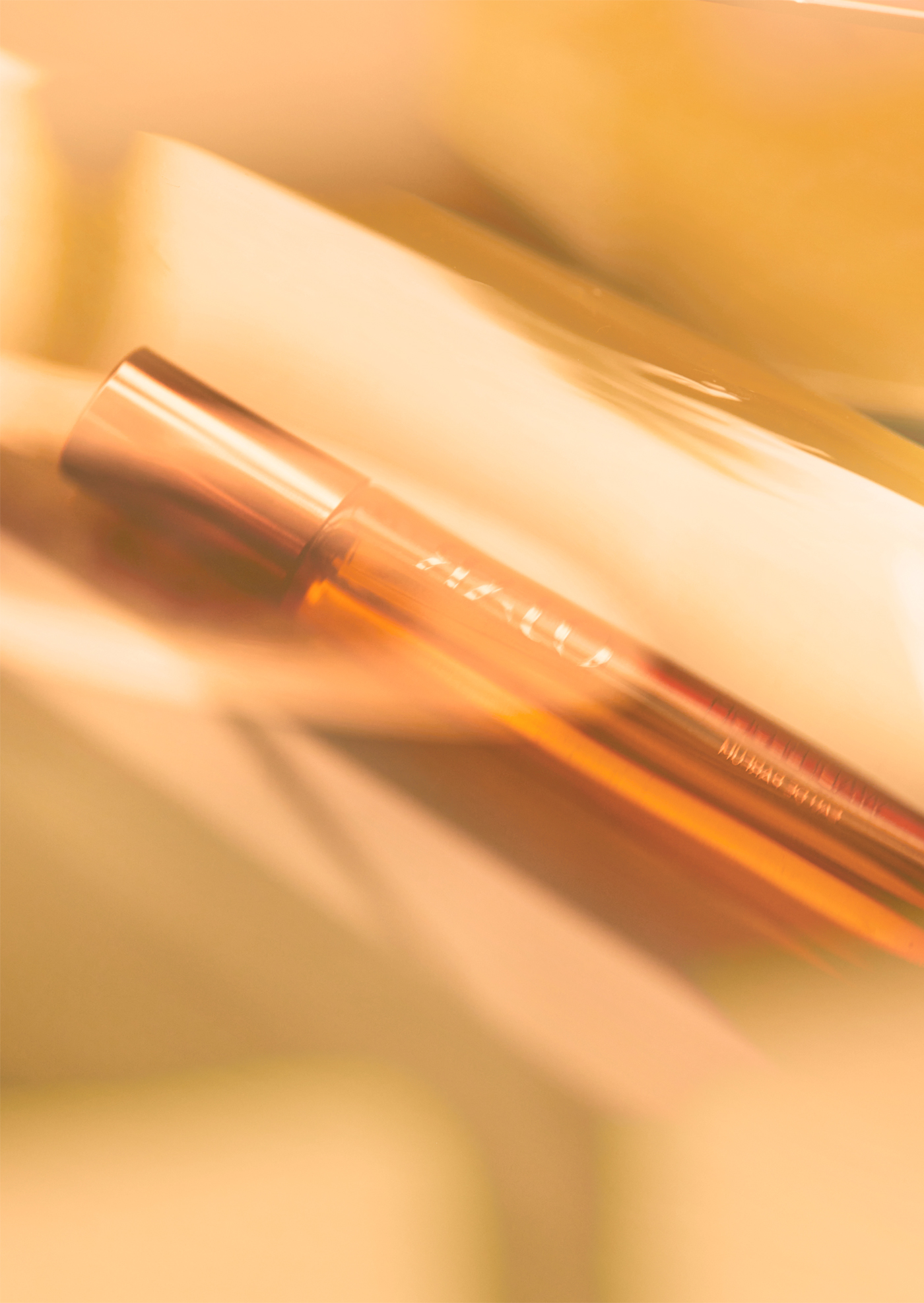 Localised Honey: Wadi Bloom Absolute by Ojar
Localised Honey: Wadi Bloom Absolute by Ojar
The newish Ojar range – another of our recent favourites – is an Oman based brand that deliberately focusses on ingredients grown locally in the country for its perfume-strength oils and eau de parfums. Frankincense, Rose, Sandalwood, Oud, Musk and Honey are ingredients Oman is celebrated for, with local producers keeping the fragrance industry supplied with the best of its harvests. Indeed Ojar comes from the word Hojari, widely regarded as the world’s best frankincense resin, found in Oman’s Dhofar mountain range.
The perfume range is built around these six specialities, with three different extract strength, perfume options for each ingredient; all are excellent. For Honey, inspired by an ancient Oman tradition of nurturing honey bees in palm tree trunks, we highly rate Wadi Bloom, a blossom-heavy smudge of sweetness. This is a floral-tinged honey, imagine the luscious nectar from tuberose, carnation and ylang ylang flowers drenched through sandalwood and patchouli. There’s a hint of ivy-green-ness on the top notes, helped by the earthy green galbanum note – another speciality of the Oman area, creating an interestingly verdant, spiced sweetness. Again the honey surrounds the floral and woody notes with a halo of softness, creating a stylish and beautifully balanced honied hero.
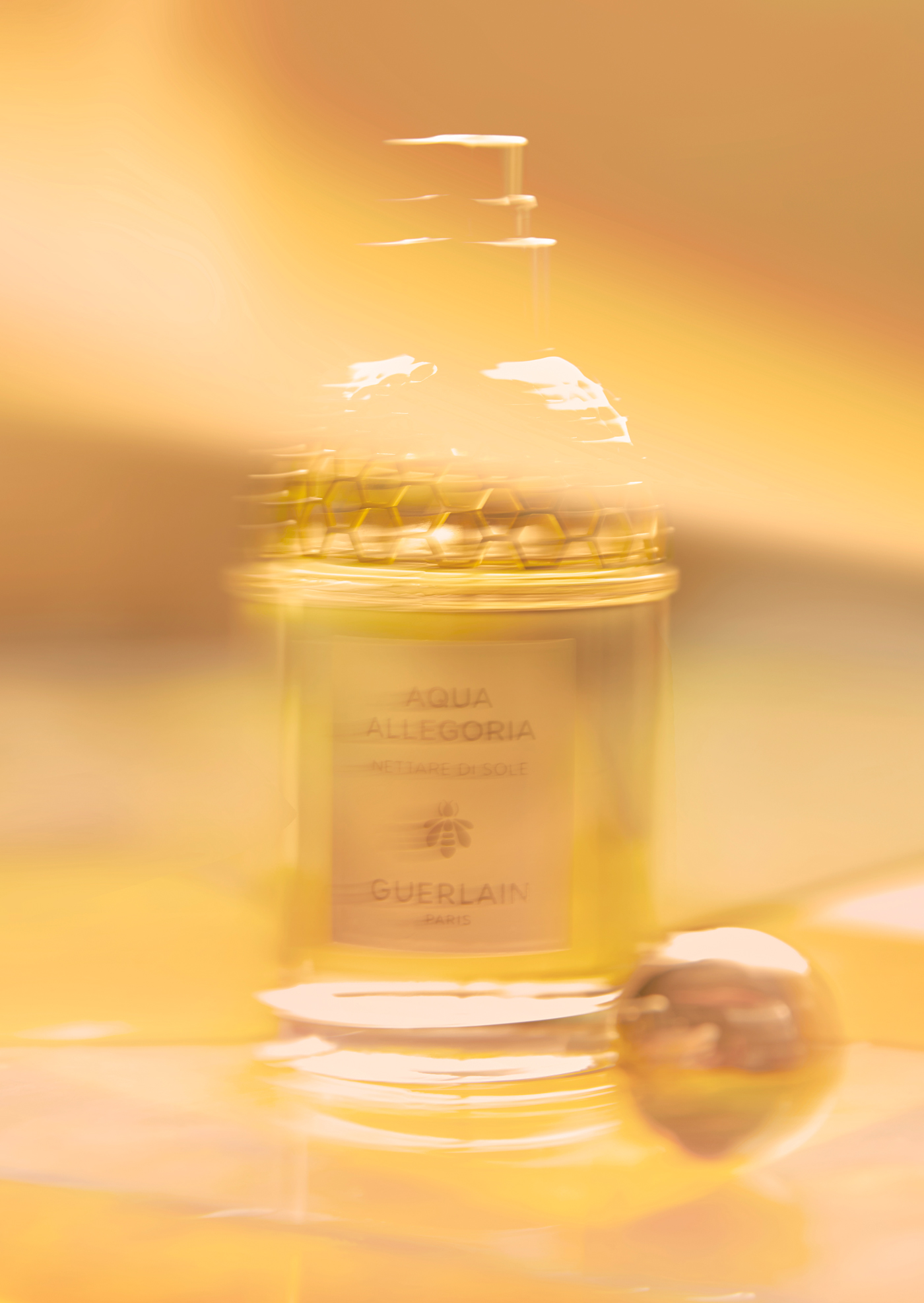 Heritage Honey : Nettare di Sole , Aqua Allegoria by Guerlain.
Heritage Honey : Nettare di Sole , Aqua Allegoria by Guerlain.
Guerlain’s support of bees started by its founder, Pierre-François-Pascal Guerlain, who, in 1853, created a bee-adorned fragrance bottle, filled with Eau de Cologne Impériale, to give to Empress Eugénie on her marriage to Napoleon III. The bee bottle and use of the honey note in its fragrances remains, as does the brand’s continued commitment to the heroic bee, with decades of initiatives and support for research to enable scientists to steady and strengthen the global bee population.
Guerlain’s Aqua Allegoria collection celebrates the planet’s floral and fauna, and its newest scent Netarre de Sole blends a field full of the best flowers used in fragrance – think jasmine, rose, the scent of magnolia – with a thread of honey, for a chic French take on the story. Here the honey feel drier, less sweet and more textural, anchoring the grander, slightly cooler, floral notes.
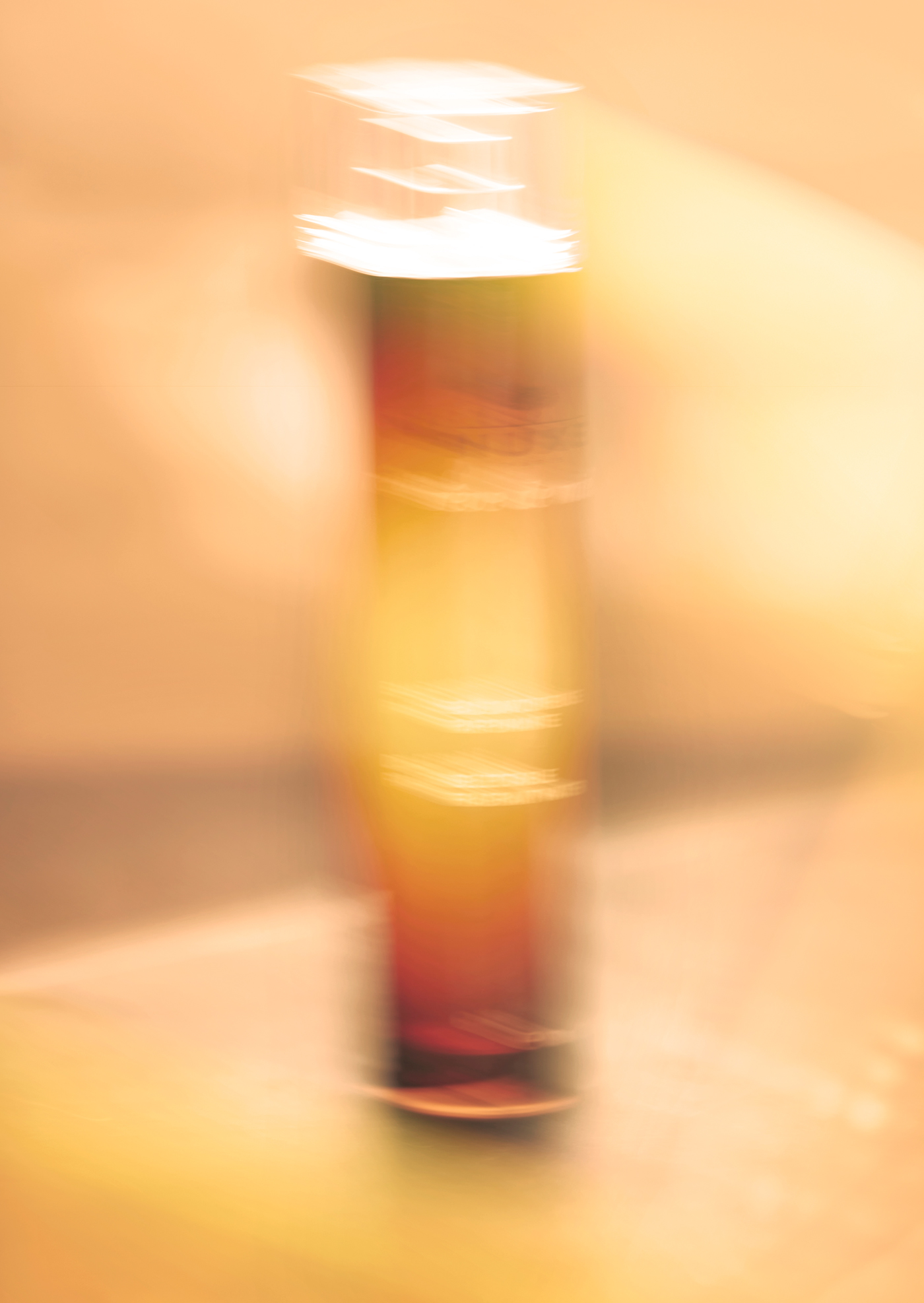 Sunny Honey: Rêve de Miel by Nuxe Paris
Sunny Honey: Rêve de Miel by Nuxe Paris
Nuxe is probably best known for Huile Prodigieuse, one the best dry body oils at a won’t-break-the-bank price. It’s classic formula is also France’s best selling dry oil. Not only is the product a wonderful skin enhancer, particularly in summer, but the scent of the original oil, with hints of orange blossom magnolia and vanilla, is delicious and a big part of the charm. The brand even bottles the scent as a Prodigieuse perfume and very lovely it is, too. There’s excellent work being done to support bees through its collaboration with the Good Planet Foundation, again helping women – and bees – through the sustainable agriculture programme.
The newish Rêve de Miel eau de toilette is a light, soft and sun-filled honey scent, like a day at the seaside – a French one we think, it’s very chic – all orange blossom and sweetness tinged with summer sun. We’re thinking bare tanned legs, floaty hair with the salt-tinged breeze just gently ruffling through it and the hint of simple but heady florals in the air.
The fragrance is a light EDT, it’s actually called a Fragrance Water, so is very easy to wear. Its sweet honey vibe is brokered with orange blossom to give it that sunny day feeling and there’s hints of the classic Prodigieuse scent to anchor it. A warming sandalwood and vanilla-coffee tonka bean threads through the base of the scent, making it our go to, lets-hang-onto-memories-of-the-summer scent. It’s good value too and makes a wonderful wear-everyday fragrance.
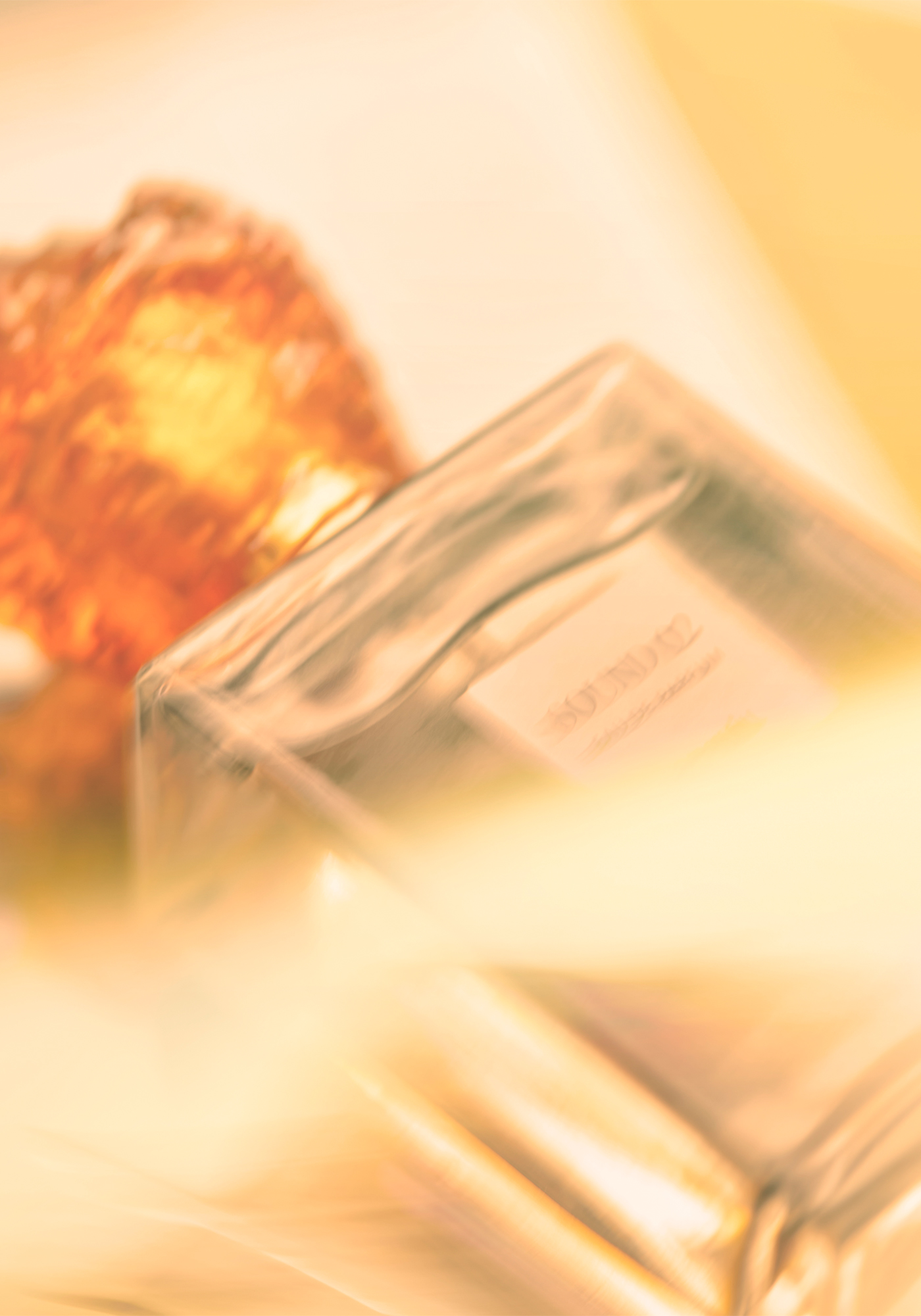 Artful Honey: Sound 02 by Aequill
Artful Honey: Sound 02 by Aequill
London based Aequill has an interesting premise for its perfume house, its creates scent inspired by sound. The first collection, called Scent 1, Scent 2 and Scent 3, have all been inspired by cellist and sound artist Ecka Mordecai, in conjunction with the brand’s founder Jintana Khieochaum. Every scent comes with its own haiku poem and the bottles, with their chunky, hand cast crystalline caps, have been designed by Ekaterina Adelskaya.
We were drawn to Scent 2, when we attended the launch, where through handy headphones we could hear the sounds of a bright summer’s day, full of vibrant birdsong while we inhaled the fragrance. It’s a lovely way to properly immerse yourself in the selection experience, sound reinforces the memory of the scent, the two weave a conjoined story which blurs into one experience. Here the honey features as a quiet support to the initial rush of florals, particularly narcissi, jasmine and big sweeping boughs of soft, powdery mimosa. Lemon citrus and honey offer a yin yang balance of bright versus soft and sweet as the florals disipate, and the warm amber base provides a supportive stage for all. This is the least sweet honey, but we love how it just rounds off the edges in this artful and intriguing fragrance.
Our beautiful images are by the wonderful Kate Anglestein
** Forbes
